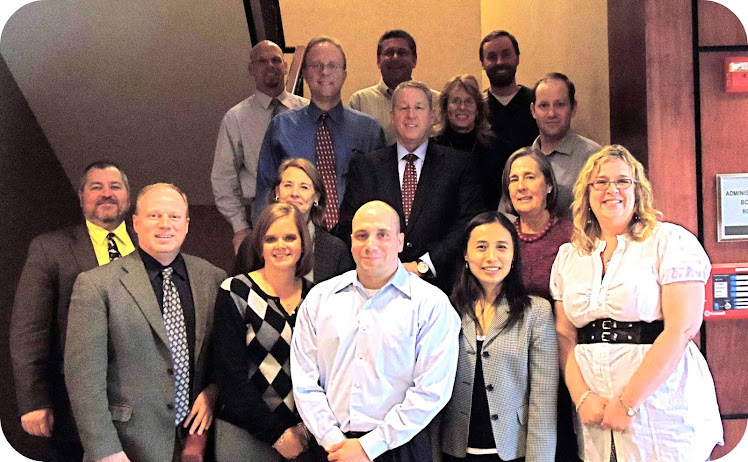One of the best things I did, (thank you for the recommendation Molly), was to take and keep a Moleskin Journal to jot down things relevant to my experiences while in China. When it was all said and done, I had a little over 100 pages of quotes, summaries of things said by various people, names of people I met, words / phrases learned, information learned at many places, and reflective thoughts that were usually jotted down at the end of what were very busy days. If we were not at a school, an education bureau, a meal in a restaurant, a tourist site (such as the Great Wall, the Forbidden City, Tienanmen Square, the Temple of Heaven, etc.), we were on our way to one of those places. Often our tour guides made long bus trips seem very short, as they provided background information, personal stories, facts and statistics relevant to where we were going or where we had been. Some accounts in my journal also included some very interesting snip-its from conversations we had in the car while in Hubei Province with Mr. Ye, Chen Dan (interpreter), and others. As I read through my notes and typed them to post as an addendum to my blog, the amazing visit and powerful experiences all came back....

The personal and professional value of keeping this journal cannot be overstated. In addition to providing details for the various blog postings, it has given me a gold mine of themes and topics to use in post trip discussions. I have shared photos and information with our 7th graders (who study ancient China as part of their curriculum) and my daughter's 3rd grade class (who emailed questions to me while I was there and followed my trip with excitement). And I will be using my notes to prepare other community presentations set to take place this summer:
- July 10 12:30 p.m. Presentation at Grace Presbyterian Church in East Liverpool, Ohio
- July 12 7:00 p.m. Presentation at United Local High School in Hanoverton, Ohio
- July 13 11:00 a.m. Presentation at Lepper Library (Children's Summer Program) in Lisbon, Ohio
- August 7 11:30 a.m. Presentation at New Lisbon Presbyterian Church in Lisbon, Ohio
- August 21 11:00 a.m. Chester Westminster Presbyterian Church in Chester, WV
- August 23 7:00 p.m. Winona Ruritan Meeting (at Winona Friends Church) in Winona, OH
The complete typed version of my journal can be found by clicking the link below:
Complete Typed Version




































